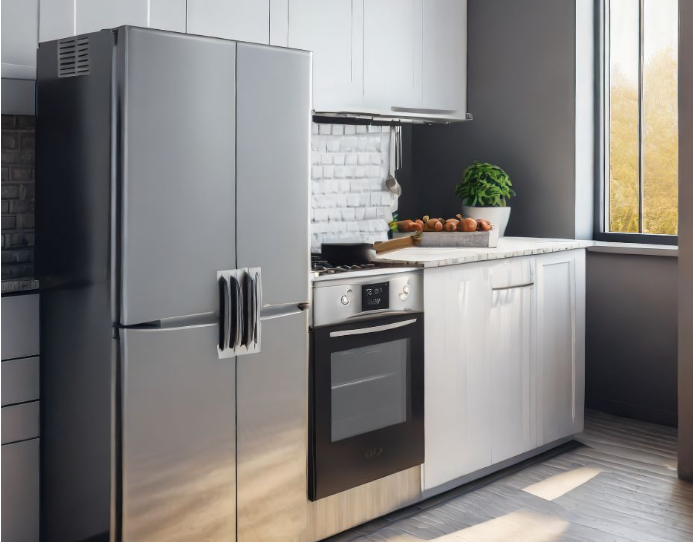With the growing awareness of the need for energy conservation, many people are looking for easy and effective ways to reduce their energy consumption and lower their electricity bills. One common suggestion is the practice of unplugging household appliances and electronics when they’re not in use to avoid “phantom load.” But does this action truly result in meaningful energy savings?
Understanding Phantom Load
“Phantom load” refers to the energy that is consumed by appliances and electronics when they are turned off but still plugged into an electrical outlet. This occurs because many devices continue to draw power for various reasons, such as maintaining standby mode or powering LED indicators. It can account for a non-negligible portion of a household’s energy usage.
Identifying Energy Vampires
1. Televisions and entertainment systems often remain in a standby state so they can be turned on more quickly. This convenience comes at the cost of continuous energy consumption.
2. Chargers for smartphones, laptops, and other devices can draw power even when they’re not connected to their respective devices.
3. Small kitchen appliances like coffee makers, toasters, and microwaves may use electricity to power digital displays or maintain internal clocks.
4. Computers and associated equipment, such as printers and routers, commonly consume electricity when idle or in a low-power state.
5. Video game consoles can be significant culprits, especially when left on standby with quick-start features enabled.
Measuring the Impact
To understand how much energy these appliances are consuming, one can use an electricity usage monitor. By measuring the energy consumed when fully switched on compared to the energy used when supposedly “off”, you can accurately gauge the benefits of unplugging certain devices.
Saving Electricity by Unplugging
Does unplugging appliances actually lead to savings? The answer is yes. Here is how it can make a difference:
1. Reducing Consumption: By unplugging devices that are not in use, you stop them from drawing power unnecessarily, directly reducing your energy consumption.
2. Cutting Costs: Decreased energy consumption translates into lower electricity bills. Even though the savings per device may seem small, they can add up over time and across multiple devices.
3. Extending Appliance Life: Power surges can damage electronics. Unplugging them not only saves electricity but may also extend the life of your appliances.
4. Promoting Safety: Unplugged appliances are at no risk of electrical fires caused by faulty wiring or power surges.
Practical Tips for Unplugging
To make the process of unplugging more manageable, consider these tips:
1. Use power strips with multiple outlets that can be turned off or on with a single switch, conveniently cutting off power to several devices at once.
2. Unplug chargers once your devices are fully charged, and don’t leave them plugged in overnight.
3. Be mindful of devices that you rarely use and make a habit of keeping them unplugged until needed.
4. Invest in smart plugs or timers that can automatically cut power to appliances when they’re not in use.
Conclusion
In conclusion, unplugging appliances can indeed save electricity and lead to a noticeable reduction in energy bills over time. The commitment to being diligent about unplugging can also foster a greater awareness of one’s personal energy use, which is an essential step towards adopting a more sustainable and eco-friendly lifestyle. With the combined benefit of potential cost savings, increased safety, and the positive environmental impact, the simple act of unplugging deserves consideration in every household’s energy conservation practices.



